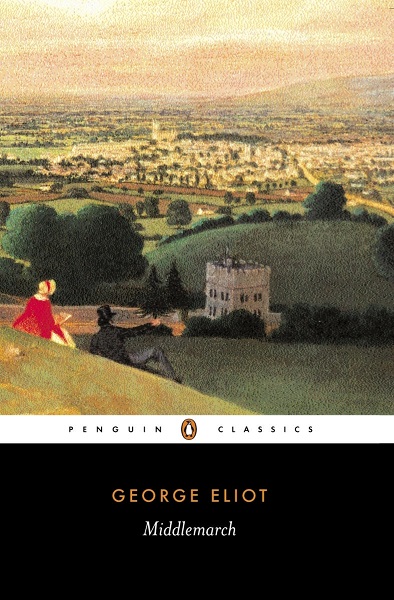Middlemarch and the BBC?
 The cover of the January 26, 2014 issue of the New York Times Book Review is a review of My Life in Middlemarch by Rebecca Mead. I had never read George Eliot’s thick Victorian novel and finished it about the time Middlemarch began to receive current attention thanks to Mead’s book. As a writer, I kept asking myself: how did Eliot (born Mary Ann Evans) do it? How did she write this much text and keep the various romances and plot elements straight without a computer? How did she write this in the 1800s? And in this age of author photos, what would publishers have done with a face about which much is written, none of it flattering?
The cover of the January 26, 2014 issue of the New York Times Book Review is a review of My Life in Middlemarch by Rebecca Mead. I had never read George Eliot’s thick Victorian novel and finished it about the time Middlemarch began to receive current attention thanks to Mead’s book. As a writer, I kept asking myself: how did Eliot (born Mary Ann Evans) do it? How did she write this much text and keep the various romances and plot elements straight without a computer? How did she write this in the 1800s? And in this age of author photos, what would publishers have done with a face about which much is written, none of it flattering?
I also occasionally thought of immensely-popular “Downton Abbey.” Though it is set in a gorgeous castle and featuring carefully chosen fashions, rather than in the town of Middlemarch in the 1800s, both offer intricate relationships and leave us panting for more to hold our interest. Ah, but George Eliot shares her wisdom and wit throughout, layers her observations about males and females in this page-turner. The novel begins and ends with a slight reference to a great reformer, a woman I also admire, St. Theresa of Avila. No surprise that given Eliot’s astute observations about society and its impact, she admired the intellectual and determined Theresa of Spain.
I smiled often holding my cumbersome Middlemarch at sentences such as, “Where women love each other, men learn to smother their mutual dislike.” Will the BBC treat us to Middlemarch and George Eliot’s ever-relevant observations?
Comments
Middlemarch and the BBC? — No Comments
HTML tags allowed in your comment: <a href="" title=""> <abbr title=""> <acronym title=""> <b> <blockquote cite=""> <cite> <code> <del datetime=""> <em> <i> <q cite=""> <s> <strike> <strong>